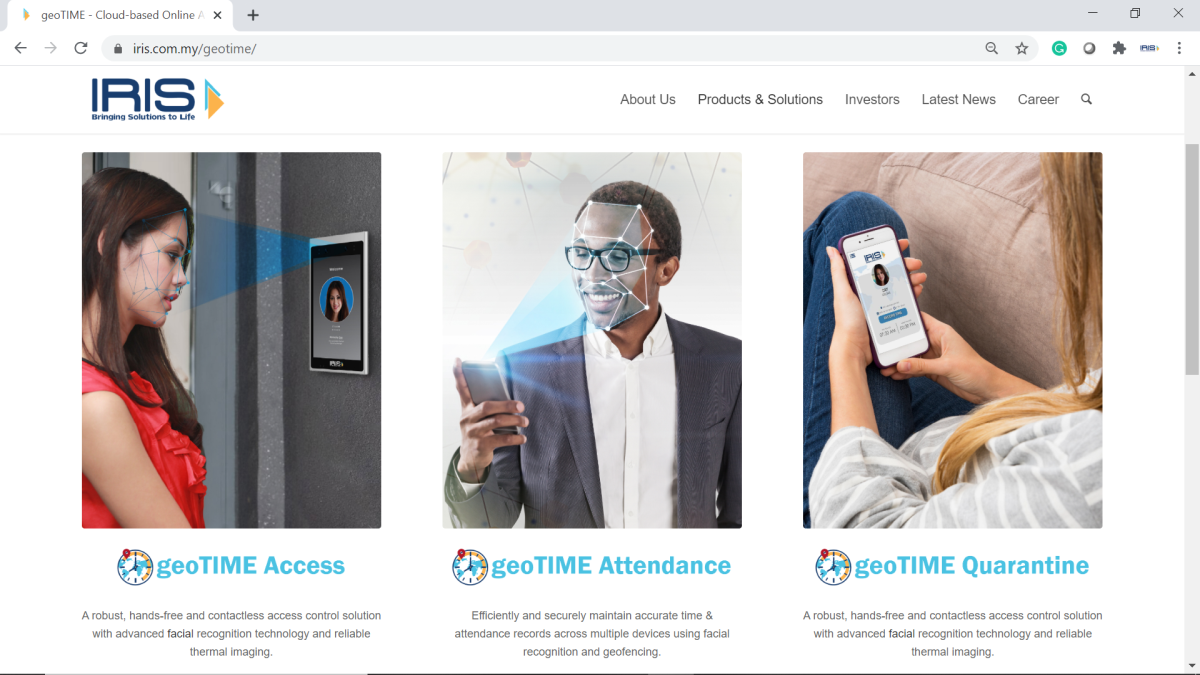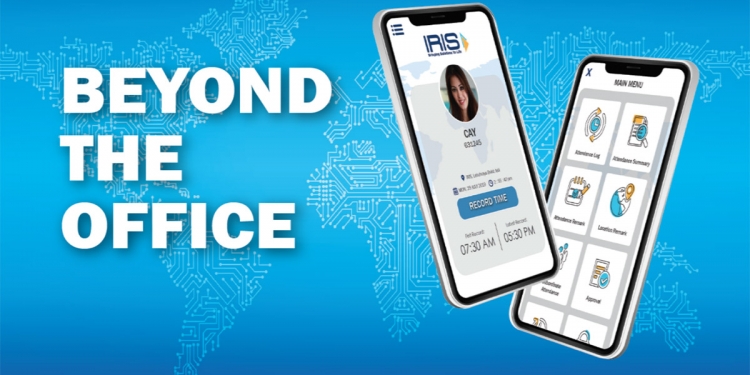As Malaysia continues to recover from the COVID-19 global pandemic, we’ve seen a huge change in the way the professional landscape looks. As various industries went into lockdown during the Movement Control Order (MCO), Malaysian workers have had to adjust to flexible, remote working conditions. And despite the gradual lifting of restrictions by our government, employers and employees alike have been considering their approaches to the “new normal”—one where safety precautions and productivity are balanced.
After all, EY even discussed how “remote working will be the new normal, even after COVID-19”, joining the chorus of voices that are calling for semi-permanent remote working conditions. This includes Twitter, with CEO Jack Dorsey even saying that employees who prefer to work remotely can now do so indefinitely.
The economic effects of COVID-19 have been well documented, and employers are naturally looking at the long term benefits of more flexible working arrangements. However, how can the “new normal” be navigated while maintaining productivity, safety, and accountability?
Through technology, of course.
geoTIME: Workforce management that’s easy to use
Recognising the need for technology to bridge the divide, IRIS Corp says that their geoTIME solutions are the ideal tools to help workers and bosses adapt to a new way of working. The geoTIME suite of solutions have already been proven in the field as a “reliable, secure monitoring and access control system”.
According to IRIS Chief Technology Officer, Lew Yung Sing:
“Being a software-driven, cloud-based solution, geoTIME can be used by organisations of all sizes, from Small and Medium Enterprises (SME) to large Multinational Corporations (MNC), with minimal investment.
As geoTIME Attendance is offered based on the “Software as a Service (SaaS)” scheme, there is no extra cost to install new backend infrastructure, and the staffs can check-in using mobile apps on their smartphone or work devices.”
There are three solutions that are offered under the geoTIME Suite of Solutions: geoTIME Access, geoTIME Attendance, and geoTIMEQuarantine. All of the above are easy-to-use tools that help digitalise daily tasks—including tracking movement and recording attendance.

For example, geoTIME Access helps facilitate contactless entry/exit within 300 miliseconds from a distance up to 2 metres away from the facial recognition device that is equipped with effective Presentation Attack Detection (PAD) to prevent spoofing. Contactless access control, of course, is a hygienic option—especially important these days. Employers can also track the entries and exits for the office via real-time reports on a dashboard, and automatic identification accuracy is ensured with Artificial Intelligence technology.
Meanwhile, employers can also use the geoTIME Attendance platform which offers a secure, mobile-optimised solution to monitor employee attendance. As employees can only clock-in by performing facial verification when they are located within the “Geo-fence” region defined by the employer, any attempts to falsify attendance records can be totally eliminated.
As the geoTIME Attendance app is based on facial recognition software with superior anti-spoofing technology that will work with even the most basic camera on the mobile phone, most of the employees would be able to use it on their own Android or iOS device. Since geoTIME Attendance comes with a cloud-based option, all the attendance data would be updated and stored in the backend database securely, enabling the HR to monitor employees attendance in real-time.
Payment is handled with a subscription model, which means that geoTIME Attendance can be priced as low as a monthly RM3 fee per employee.
“This subscription model also means easily managed monthly operating expenses rather than upfront capital expenditure. It lets the geoTIME Attendance be deployed very quickly; staff are eager to adopt this tool because it helps show how valuable their roles are to employers,” said IRIS Chief Technology Officer, Lew Yung Sing when interviewed.
So, what if an employee displays possible symptoms of COVID-19? According to SOPs, self-quarantine is necessary to avoid possible spreading of the virus—which is exactly what the geoTIME Quarantine solution is for. The app allows quarantined individuals to confirm their adherence to quarantine rules by performing facial recognition check-in from a geo-fenced location via their smartphones and mobile devices.
geoTIME Quarantine will send “Check-in Request Notification” to the Person-under-Quarantine (PUQ) at random time and the authority can be alerted in real-time if the PUQ did not check-in within the stipulated time limit.
Ultimately, remote/flexible working setups can be just as efficient as more traditional conditions—but only with the right tools.
This post is brought to you by IRIS Corp.








